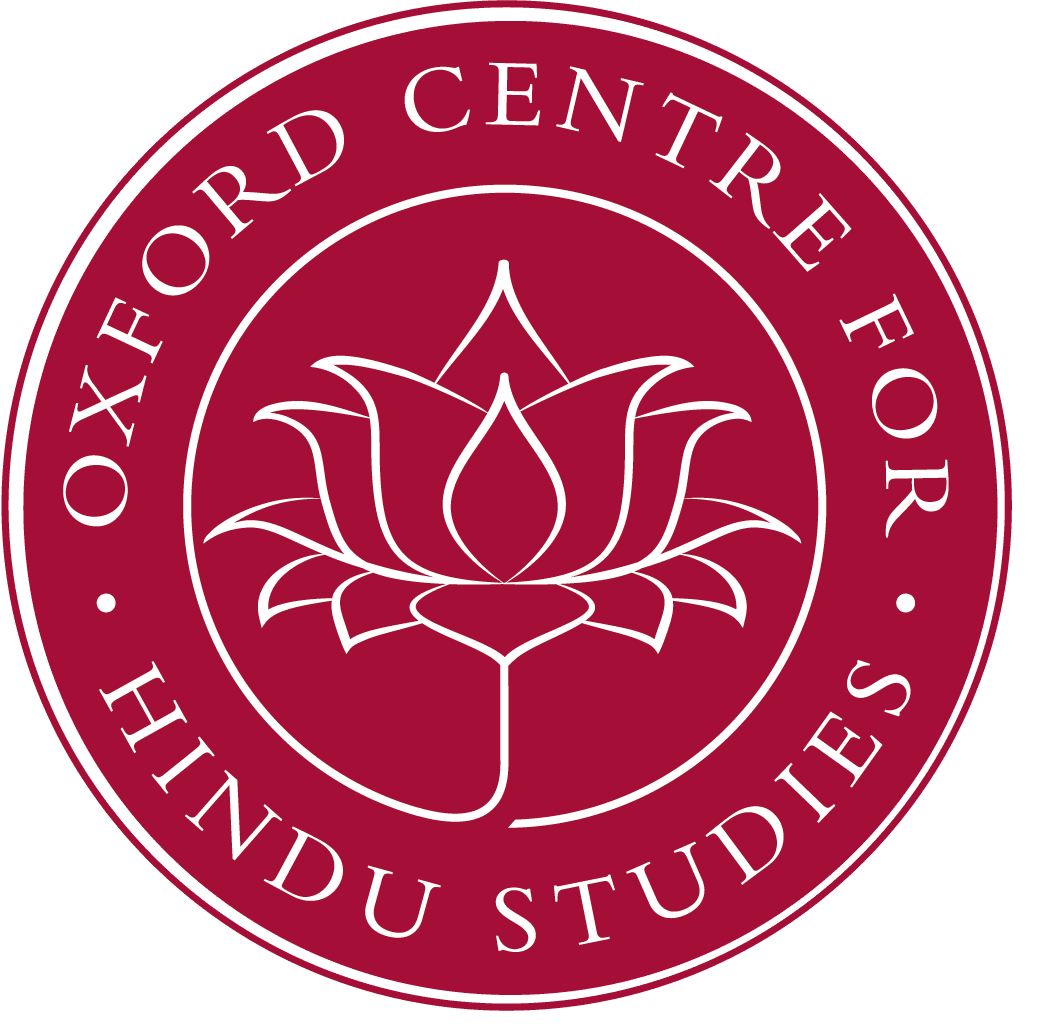Abstract: In the first of these three lectures Professor Sanderson covers the history of Śaivism, setting out his view of its principal divisions, their historical development, and their interaction, and locating on this map the entry point of an influx of Śākta Śaiva forms of ecstatic religion into what had previously been a cluster of austere, highly ascetic traditions. In the second he narrows his focus to examine the history of Śaivism in Kashmir, concentrating on the nature of its Śākta Śaiva elements, notably the traditions of the Trika and Krama, but stressing the importance of seeing how these were embedded within, and interacted with, more exoteric forms of the religion. In the third lecture, he presents evidence that these Śākta Śaiva traditions developed and flourished outside Kashmir in most regions of the subcontinent and that, though much of their later highbrow literature was modelled on the learned exegesis of Abhinavagupta and Ksemarāja there are reasons to conclude that they had pre-Kashmirian histories.
The second and third lectures demonstrate incidentally the inappositeness of the widely used term ‘Kashmir Śaivism’ to refer to the Trika and related Śākta Śaiva systems, the second by showing that these systems co-existed in Kashmir with non-Śākta, Saiddhāntika Śaivism, and the third by refuting or casting doubt on the notion that the Śākta Śaiva systems that received such learned attention in Kashmir in the tenth century were Kashmirian in origin
 Prof. Alexis Sanderson: after a training in Classics, began his Indological career as a student of Sanskrit at Balliol College, Oxford in 1969. After graduation he spent six years studying the Kashmirian Śaiva literature in Kashmir with the Śaiva scholar and guru Swami Lakshman Joo from 1971 to 1977 while holding research positions at Merton and Brasenose Colleges. From 1977 to 1992 he was Associate Professor (University Lecturer) of Sanskrit in the University of Oxford and a Fellow of Wolfson College. In 1992 he was elected to the Spalding Professorship of Eastern Religions and Ethics at Oxford and thereby became a Fellow of All Souls College. He retired from that post in 2015. Since then he has been preparing a critical edition, with a translation and commentary, of the Tantrāloka, Abhinavagupta’s monumental exposition of the Śākta Śaivism of the Trika.
Prof. Alexis Sanderson: after a training in Classics, began his Indological career as a student of Sanskrit at Balliol College, Oxford in 1969. After graduation he spent six years studying the Kashmirian Śaiva literature in Kashmir with the Śaiva scholar and guru Swami Lakshman Joo from 1971 to 1977 while holding research positions at Merton and Brasenose Colleges. From 1977 to 1992 he was Associate Professor (University Lecturer) of Sanskrit in the University of Oxford and a Fellow of Wolfson College. In 1992 he was elected to the Spalding Professorship of Eastern Religions and Ethics at Oxford and thereby became a Fellow of All Souls College. He retired from that post in 2015. Since then he has been preparing a critical edition, with a translation and commentary, of the Tantrāloka, Abhinavagupta’s monumental exposition of the Śākta Śaivism of the Trika.
